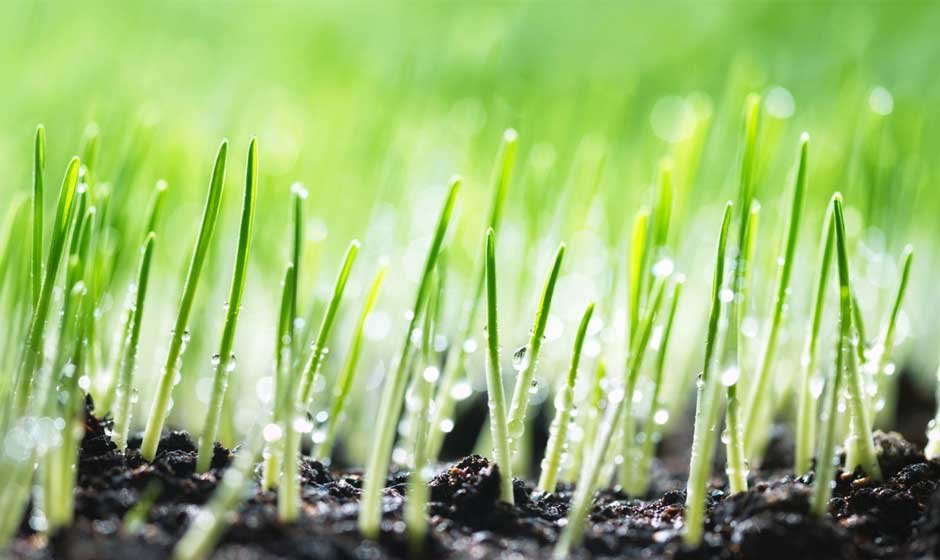Growing a healthy, green lawn in a shaded yard can feel like an uphill battle—but it doesn’t have to be. Whether you’re dealing with tall trees, a north-facing yard, or a fence line that blocks the sun, the right shade-tolerant grass seed can give your lawn the fresh start it needs.
While most grass varieties thrive in full sun, some types are made to survive—and even thrive—in areas with limited light. Here’s how to find the best grass seed for shade and grow a lawn that looks great all season long.
Why Shade Affects Grass Growth
Grass needs sunlight for photosynthesis, just like any other plant. When light is limited, it can:
- Slow down growth
- Weaken root systems
- Thin out your lawn
- Encourage moss or weed growth
But not all shaded areas are the same. There’s a big difference between light shade (filtered sunlight through tree branches) and dense shade (constant darkness under a structure or thick canopy). Your grass seed choice should match the type of shade you’re dealing with.
Top Grass Seed Options for Shade
1. Fine Fescue
This is hands-down the most shade-tolerant grass seed you can get. Fine fescues include varieties like:
- Creeping red fescue
- Hard fescue
- Chewings fescue
Why it works:
Fine fescue thrives in low-light environments, has fine blades, and doesn’t need frequent mowing or watering. It also performs well in poor soil, making it perfect for under trees or in woodland settings.
2. Tall Fescue
While better suited to sun, turf-type tall fescue can handle partial shade.
Why it works:
It’s tough and adaptable, with a deep root system that helps it tolerate stress, including limited light. Great for areas that get 4–6 hours of sun per day.
3. Perennial Ryegrass (for light shade)
Not as shade-tolerant as fescues, but it’s a fast germinator and great for overseeding shady spots that still get some filtered light.
Why it works:
It establishes quickly and fills in thin patches fast. Works well when blended with other shade-loving varieties.
Blends Are Your Best Bet
Most seed companies like Nature’s Seed offer shade-specific blends that combine fine fescue with other grasses to create a resilient mix. These are ideal for mixed-light yards with both sunny and shaded areas.
Look for blends labeled:
- “Shade Mix”
- “Dense Shade Lawn Seed”
- “Sun & Shade Mix” (for variable light conditions)
Tips for Growing Grass in Shaded Areas
- Prune trees to increase light
Trimming back overhanging branches can let in enough filtered light to make a real difference. - Don’t over-fertilize
Shady lawns grow slower and need less fertilizer. Too much can burn the grass or encourage fungus. - Mow high
Longer blades mean more surface area to catch light. Keep your shaded lawn a little taller (3–4 inches is ideal). - Water wisely
Shade reduces evaporation, so water deeply but less often to avoid soggy soil and disease. - Reseed regularly
Even the best shade-tolerant grasses may thin out over time. Overseed annually to keep things thick and lush.
Conclusion
Sunshine may be the gold standard for lawn growth, but that doesn’t mean shade has to be your lawn’s downfall. By choosing the best grass seed for shade—especially fine fescue—and following a few key maintenance tips, you can enjoy a rich, healthy lawn in even the darkest corners of your yard.







